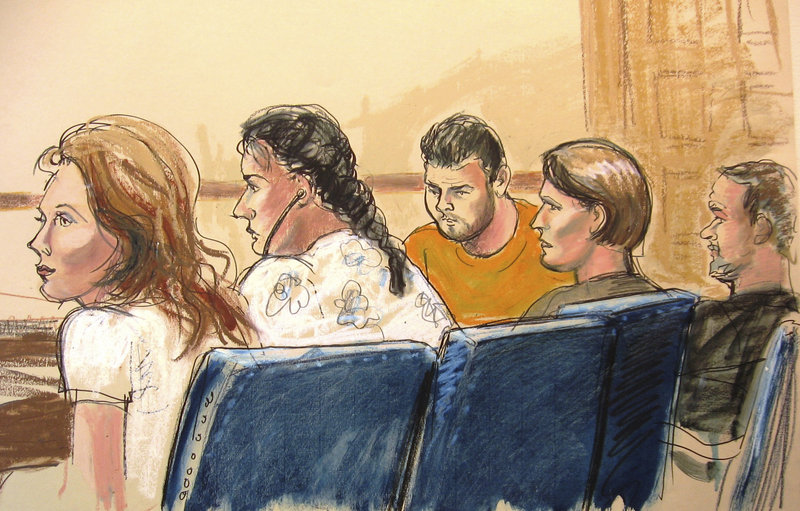WASHINGTON – The FBI has arrested 10 people who allegedly spied for Russia for up to a decade, posing as innocent civilians while trying to infiltrate U.S. policymaking circles and learn about U.S. weapons, diplomatic strategy and political developments.
An 11th defendant, a man accused of delivering money to the agents remains at large.
There was no clue in the court papers unsealed Monday about how successful the agents had been, but they were alleged to have been long-term, deep-cover spies.
Among them were four couples living in suburbs of New York, Washington and Boston. One woman was a reporter and editor for a prominent Spanish-language newspaper in New York whom the FBI says it videotaped contacting a Russian official in 2000 in Latin America.
These deep-cover agents are the hardest spies for the FBI to catch and are dubbed “illegals” in the intelligence world because they take civilian jobs with no visible connection to a foreign government, rather than operating from government jobs inside Russian embassies and military missions. In this case, they were spread out and seeking a wide swath of information.
The FBI said it intercepted a message from Moscow Center, headquarters of Russia’s intelligence service, the SVR, to two of the defendants describing their main mission as “to search and develop ties in policymaking circles in U.S.” Intercepted messages showed they were asked to learn about a wide range of topics, including nuclear weapons, U.S. arms control positions, Iran, White House rumors, CIA leadership turnover, the last presidential election, Congress and the political parties.
The blockbuster series of arrests of purported deep cover agents following a multiyear FBI investigation could rival the bureau’s famous capture of Soviet Col. Rudolf Abel in 1957 in New York.
Also a deep-cover agent, Abel was ultimately swapped to the Soviet Union for downed U-2 spy pilot Francis Gary Powers in 1962.
The court papers also described a new high-tech spy-to-spy communications system used by the defendants: short-range wireless communications between laptop computers a modern supplement for the old-style dead drop in a remote area, high-speed burst radio transmission or the hollowed-out nickels used by Abel to conceal and deliver microfilm.
But there was no lack of Cold War spycraft. According to the court papers, the alleged agents used invisible ink, stayed in touch with Moscow Center through coded bursts of data sent by a radio transmitter, used innocent-looking “brush” encounters to pass messages in public, hid encrypted data in public images and relied on fake identities and false travel documents.
The timing of the arrests was notable given the efforts by Presidents Obama and Medvedev to “reset” U.S.-Russia relations. The two leaders both attended the G-8, G-20 meetings over the weekend in Canada.
Send questions/comments to the editors.



Success. Please wait for the page to reload. If the page does not reload within 5 seconds, please refresh the page.
Enter your email and password to access comments.
Hi, to comment on stories you must . This profile is in addition to your subscription and website login.
Already have a commenting profile? .
Invalid username/password.
Please check your email to confirm and complete your registration.
Only subscribers are eligible to post comments. Please subscribe or login first for digital access. Here’s why.
Use the form below to reset your password. When you've submitted your account email, we will send an email with a reset code.